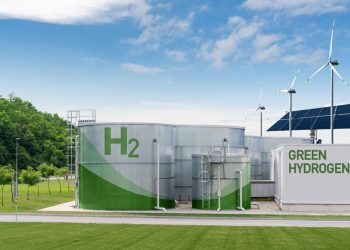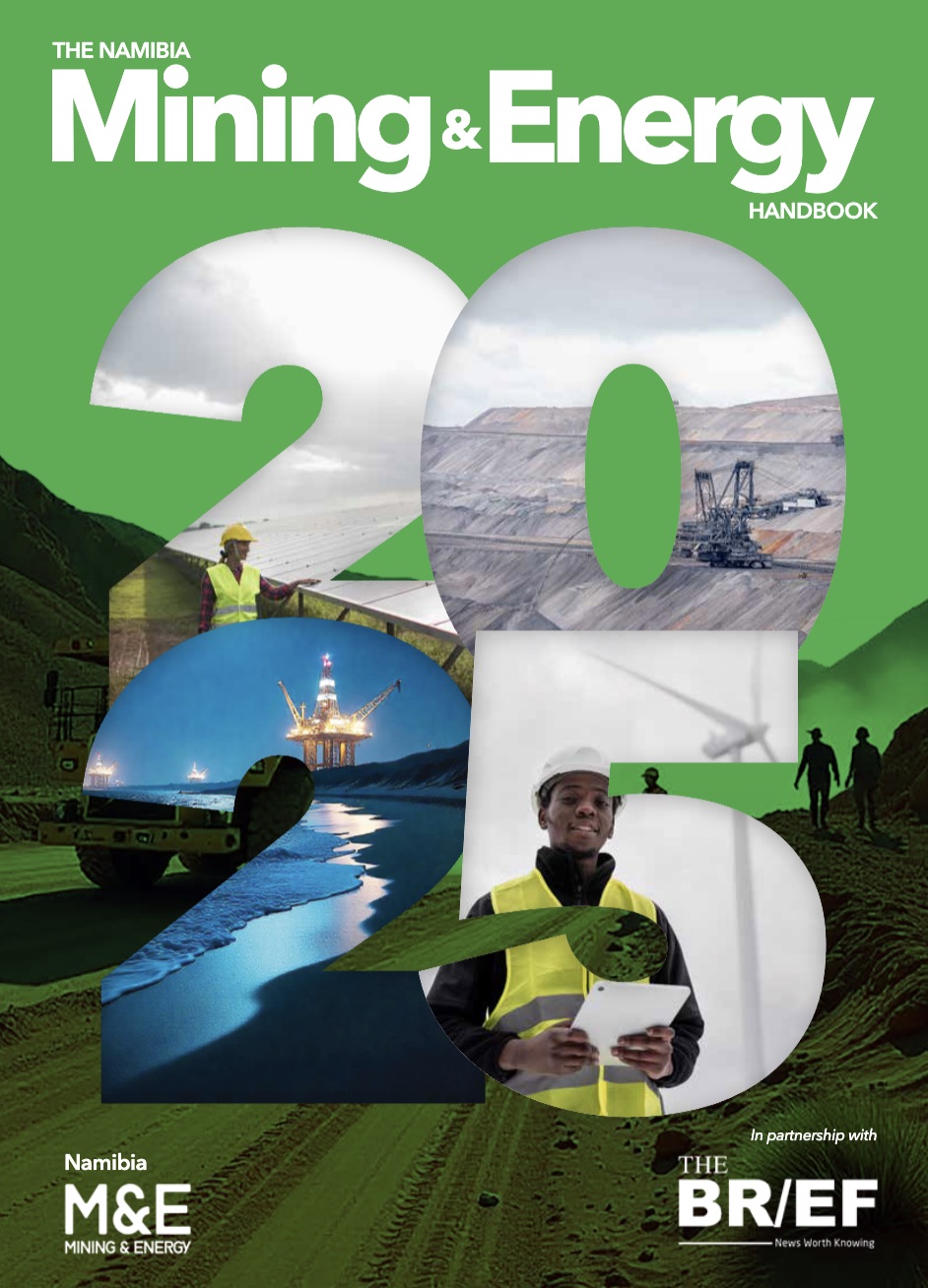
HyIron’s Project Oshivela is progressing steadily, with the solar field now 33% complete and over 220 kilometers of cables installed.
Production is anticipated to commence later this year.
The Project’s Engineer, Kelvin Amukwaya, said the project is making progress, installing solar structures and modules, laying extensive cabling, and currently being in the first phase of constructing the world’s first green iron refinery.
“We have currently installed about 10.2 megawatts worth of solar structures. And then on the panelling side, we’ve also done about 6 megawatts of solar modules that are installed,” said Amukwaya.
He said the electrolyser house has reached the first roof stage, with all the walls up.
Additionally, low-voltage cables are being laid from the inverters to the transformer stations.
“On the DC side of things, we have close to 200 kilometres of cables. On the power cables, we are looking at more or less 20 kilometres of cables,” Amukwaya stated, bringing the total to approximately 220 kilometres of cable.
He added that this pioneering green iron reduction facility departs from traditional fossil fuel-based methods, instead incorporating green sources for both energy and reduction agents.
“Green sources in terms of the energy that we are using, the input power, in our case it will come from the solar panels, and then the reduction agent also will be hydrogen gas that we will produce also from the green energy,” explained Amukwaya.
He said the first phase of construction includes the solar plant, the power will be fed into a localised microgrid to supply energy for the reduction process.
“The primary purpose of the solar panels is for power generation. So we want to harness as much power from the sun as possible,” noted Amukwaya.
The project aims to set a global example by demonstrating that sustainable industries are achievable.
Green Hydrogen Commissioner James Mnyupe earlier this week said the project’s innovative kiln is expected to arrive in Namibia by early September.
“The proprietary kiln that is to be used to make this new product is expected to arrive in Namibia in early September, and HyIron aims to produce the first batch of local iron ore by the end of November,” he said.
The plant, which is being built near Arandis, will use renewable energy to produce iron based on HyIron technology without any carbon emissions.
The plant is expected to start production in late 2024 and will initially produce 15,000 tonnes of direct reduced iron per year, with zero carbon emissions released during the production process.
Renewable energy will replace fossil fuels in the conventional production process, powered by a solar and wind energy plant.
In the initial phase, a 20MW solar photovoltaic installation will provide carbon-free electricity to the plant, and as production scales up, an additional 18MW of wind energy and 140MW of solar energy will be integrated.







